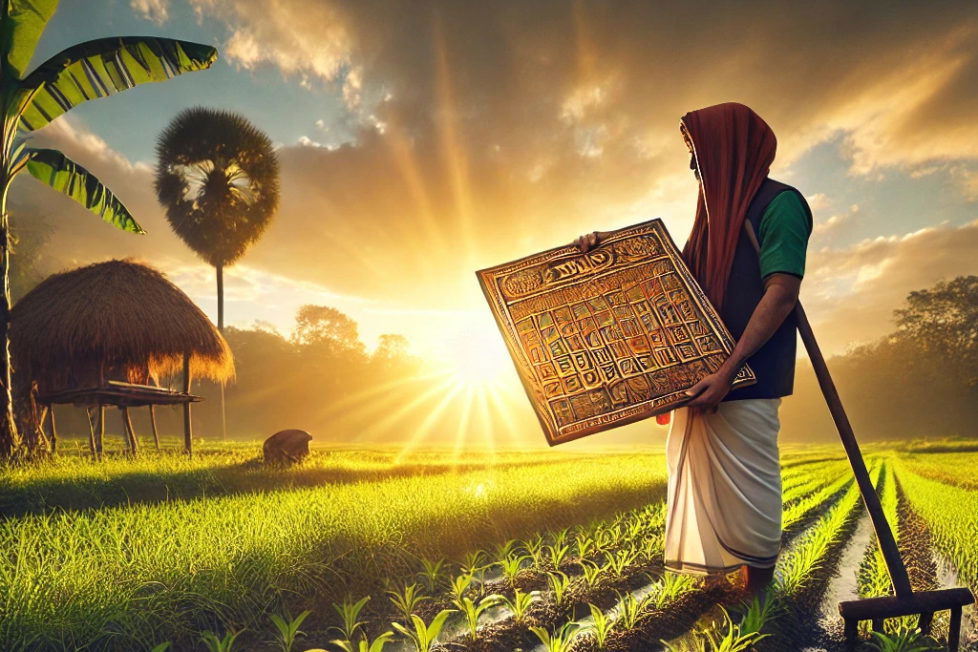How Farmers Use the Desi Calendar for Agricultural Purposes


In the vast and diverse agricultural landscapes of South Asia, particularly in countries like India, farmers rely heavily on the “desi” calendar to guide their farming practices. The desi calendar, which tracks traditional months and dates, remains a vital tool for agriculture even today. Farmers use the desi month date today to determine the best times for sowing, irrigating, and harvesting their crops. This ancient system, deeply rooted in astronomy and cultural heritage, continues to play a crucial role in ensuring successful agricultural cycles and sustaining farming traditions.
The desi calendar, often referred to as the Hindu calendar, is a lunisolar calendar that combines both lunar and solar cycles to mark time. Unlike the Gregorian calendar used globally, the desi calendar is rich with regional variations, including Vikram Samvat, Shaka Samvat, and Bengali Panjika, among others. Each of these calendars divides the year into months based on the phases of the moon, which are further divided into fortnights and days, known as tithis.
The months in the desi calendar have distinct names, such as Chaitra, Vaisakha, Jyeshtha, and Ashadha, which correspond to specific periods in the Gregorian calendar. These months hold significant agricultural importance, as they align with the seasonal changes crucial for farming. The desi month date today could determine the appropriate time for planting, irrigating, harvesting, or performing other agricultural tasks.
Farmers have long relied on the desi calendar to make informed decisions about their crops. The calendar’s alignment with the natural cycles of the moon and sun helps farmers synchronize their activities with the environment, ensuring that they make the most of the natural resources available.
In today’s world, where technology-driven farming practices are becoming more widespread, the desi calendar continues to hold relevance, especially in rural areas. Farmers who may not have access to modern agricultural tools or weather forecasting systems rely on the desi calendar as a time-tested guide for their activities.
Moreover, the integration of traditional knowledge with modern techniques is gaining recognition in sustainable agriculture. The desi calendar’s emphasis on natural cycles and ecological balance resonates with contemporary approaches that promote organic farming, biodiversity, and environmental conservation.
The use of the desi calendar in agriculture exemplifies the deep connection between traditional knowledge and farming practices. For farmers, this ancient system of timekeeping is not just about tracking dates; it is a holistic approach that considers the rhythms of nature, cultural traditions, and the spiritual aspects of farming. Even as modern technology advances, the desi calendar remains a valuable tool for farmers, guiding them through the agricultural year and ensuring that their practices are in harmony with the natural world. By continuing to honor this tradition, farmers are not only preserving their cultural heritage but also contributing to sustainable agricultural practices that benefit both the land and the people who depend on it.
DISCLAIMER: The author is solely responsible for the views expressed in this article. The author carries the responsibility for citing and/or licensing of images utilized within the text.
